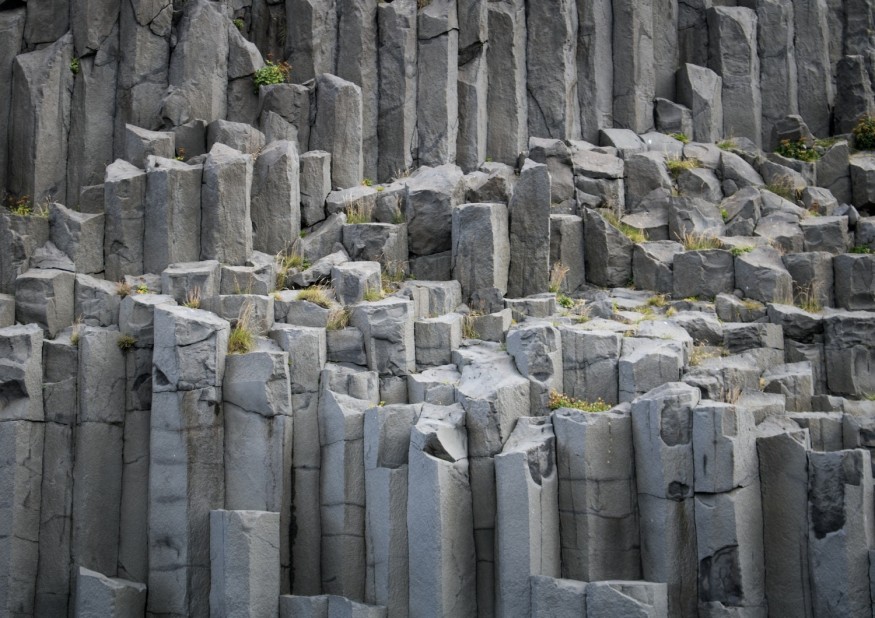Basalt columns are some of the world's geological wonders and a testament to Earth's ancient yet violent past, initially after our planet's formation around 4.6 billion years ago.
These natural structures can be found in some parts of the globe, especially in areas under the oceans and sites where the Earth's crust is thin, including in several oceanic islands like Hawaii, the Faroe Islands, and Réunion.
Also called basalt stones, basalt is a form of rock, particularly an aphanitic extrusive igneous rock or volcanic rock.
It typically forms because of the rapid cooling of lava, described by experts as something to be low in viscosity but rich in magnesium and iron.
Basalt rocks contain different minerals, including pyroxene, plagioclase, olivine, and quartz. Some of these rocks also have a dark color on their surface.
Basalt Rocks Origin

The fine-grained extrusive rock basalt is the most widespread out of all the igneous rocks on Earth; its mineral grains are very refined that they are hard to distinguish by the naked eye or even with a magnifying glass, according to experts.
The Oregon State University said that the origin of most basalts is volcanic by nature since they formed by the hardening of lava flows.
Meanwhile, some intrusive basalt rocks are cooled inside our planet's interior.
Now, the formation of basalt rocks into a column is a different yet related matter.
Previously, it was thought that basalt columns are made by humans. This debunked notion was based on the unique shape, alignment, and size if these structures that seemed to be well-crafted by our ancestors, which is evidently not the case.
What are Basalt Stones Used for?
Basalt stones extracted from basalt columns can be used for various purposes, especially in the construction industry. In fact, crushed basalt is a source material when it comes to concrete aggregate, asphalt pavement aggregate, filter stone in drain fields, road base, railroad ballast, and other purposes.
There is also an instance where basalt rocks are cut or polished to be used in floor tiles, monuments, building, and other stone-based infrastructure.
According to experts, basalt rocks are an ideal material since it is durable and abundant. The initial usage of these hardened lava rocks can be traced from ancient civilizations thousands of years ago.
Basalt Columns of the World
As mentioned earlier, basalt stones are widespread across the world and is readily available. Below are some of the well-known places in the globe where basalt columns can be found:
- Giant's Causeway (Northern Ireland)
- Santa Maria Regla's Basaltic Prisms (Mexico)
- Devil's Postpile National Monument (United States)
- Fingal's Cave (United Kingdom)
- Svartifoss (Iceland)
- Takachiho Gorge (Japan)
- Cape Stolbchatiy (Russia)
- Organ Pipes (Namibia)
- Cape Raoul (Australia)
- Hexagon Pool (Israel)
Regardless of the abundance of these geological formations, basalt columns are still susceptible of being destroyed, including due to reasons related to the weathering process, human activities such as mining, and natural disasters like earthquakes.
© 2025 NatureWorldNews.com All rights reserved. Do not reproduce without permission.





